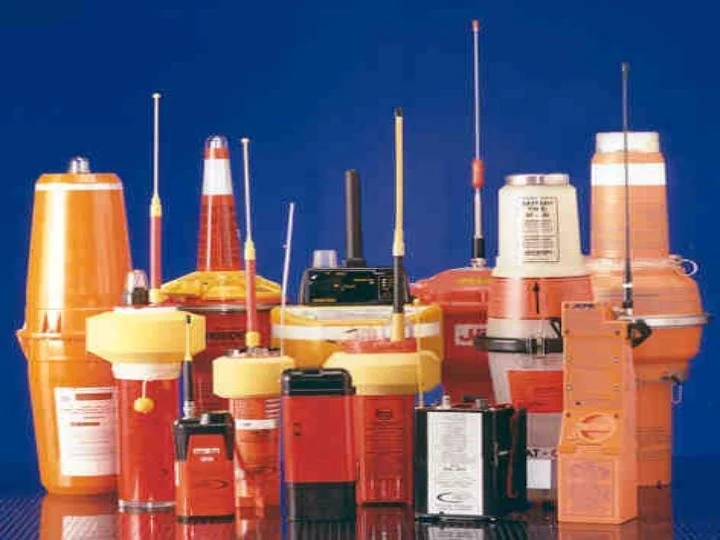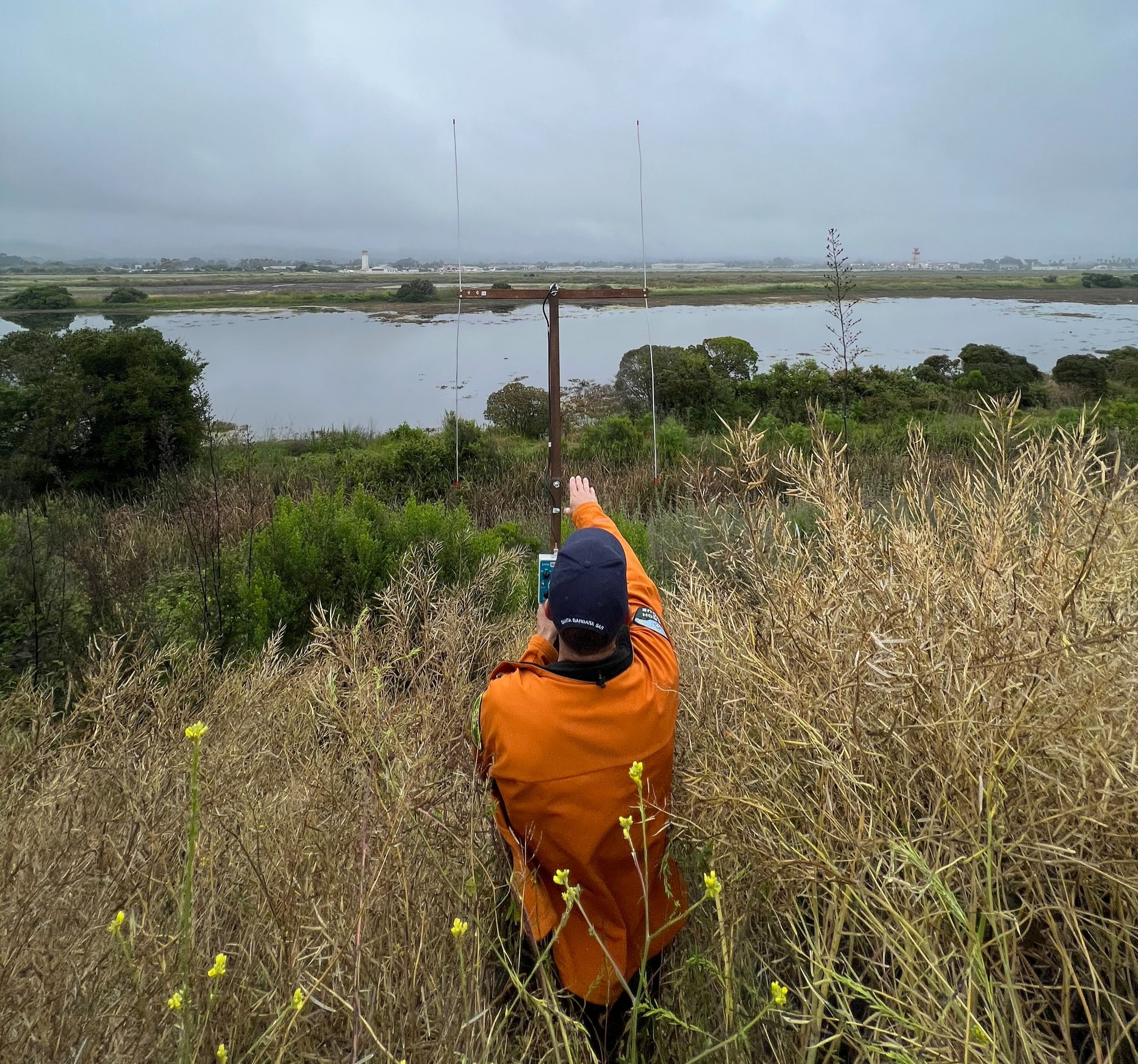
Emergency Locating Beacon
An emergency locating beacon is a compact and portable device designed to transmit distress signals in emergency situations. It utilizes advanced technologies such as GPS, satellite communication, and radio frequencies to send out a distress signal with the precise location of the user. These beacons are crucial for aiding Santa Barbara Search and Rescue operations, providing a lifeline for individuals in distress and ensuring they are located as quickly as possible.
Types of Beacons
There are three types of beacons used to transmit distress signals:
EPIRBs (for maritime use)
ELTs (for aviation use)
PLBs (used for land-based applications)
Primary Function
The primary function of an ELT is to transmit a distress signal in the event of an emergency. When activated manually by the crew or automatically upon impact, the ELT starts transmitting a continuous distress signal on a specific frequency, typically 406 MHz. This distress signal can be detected by satellites or ground-based receivers, allowing search and rescue teams to locate the distressed aircraft or vessel.
When a distress call is received, the center thoroughly investigates the request, collaborates with federal, state, and local officials, and determines the appropriate response needed based on the type and scale of the emergency. After confirming the distress situation, the AFRCC calls upon the suitable federal SAR force, which may involve resources like the Civil Air Patrol, U.S. Coast Guard, or other Department of Defense assets, depending on the requirements. Additionally, state agencies can be contacted for assistance within their jurisdiction, ensuring a comprehensive approach to the rescue operation. The AFRCC serves as a vital communications hub during SAR missions, providing coordination and support to on-scene commanders or mission coordinators, and leveraging advanced technologies, including satellite networks, to monitor emergency locator transmitter signals. This high-tech infrastructure significantly reduces the time needed to locate and rescue individuals in distress, optimizing safety and effectiveness.



